On the search for targets for strategic nuclear forces
The potential, capabilities, and effectiveness of strategic nuclear forces, both within deterrence processes and in actual combat use, are determined by a number of factors. These are the quantitative and qualitative indicators of warheads and their means of delivery, the readiness to use them, and a well-structured nuclear doctrine. In addition, the choice of strike targets, first or retaliatory, is of great importance.
Theoretical basis
According to all definitions, strategic nuclear forces are a structure within the armed forces designed to solve special problems. Depending on the specifics of the state's strategy, they may include up to three components of various kinds with their own characteristics and tasks. At the same time, all means of strategic nuclear forces serve a common goal.
First of all, strategic nuclear forces are responsible for strategic nuclear deterrence. They pose a potential threat to the critical objects of a potential enemy and are ready to attack them in case of his aggression. The risks of a retaliatory strike and the destruction of key facilities keep the enemy from attacking.
In addition, the nuclear doctrines of some states allow for a first nuclear missile strike under certain circumstances. Depending on the goals set, such an attack can be carried out on administrative, industrial and military facilities. In particular, the strategy of a disarming strike is well known, which provides for a massive attack on the bases and position areas of the enemy's strategic nuclear forces.
In all cases, the choice of targets for attack is of particular importance. The list of objects for destruction is compiled taking into account the strategy for the use of nuclear weapons, features of its weapons and systems of a potential enemy, as well as risks and consequences. Targets in such a list receive a different priority, according to their importance to the enemy and / or danger to the attacking side.
Foreign experience
For obvious reasons, not a single nuclear power discloses an up-to-date list of targets for strategic nuclear forces on the territory of a potential enemy. At the same time, one can imagine which objects are of particular importance for its defense and therefore should be hit first.
However, some data of this kind is still available. A few years ago, US government agencies published plans for the use of nuclear weapons from 1956. This information is long out of date, but it shows the main ideas and approaches to planning. In addition, it allows you to understand how plans changed in the future in connection with the development of weapons and their carriers.
According to published data, in 1956 the possibility of a nuclear strike against 1100 targets was foreseen. Depending on the order of the command, the Air Force was supposed to attack objects on the territory of the USSR and the ATS countries, or in China or North Korea. For obvious reasons, the bulk of the warheads were supposed to fall on Soviet or Eastern European territory.
The published maps show that strikes of one or another power were planned for almost all major cities of the USSR and allied states. At the same time, special attention was paid to some cities and regions - these were Moscow and the Central Industrial Region, Leningrad with its environs, the capitals of the republics, as well as the areas where the fleets were based.
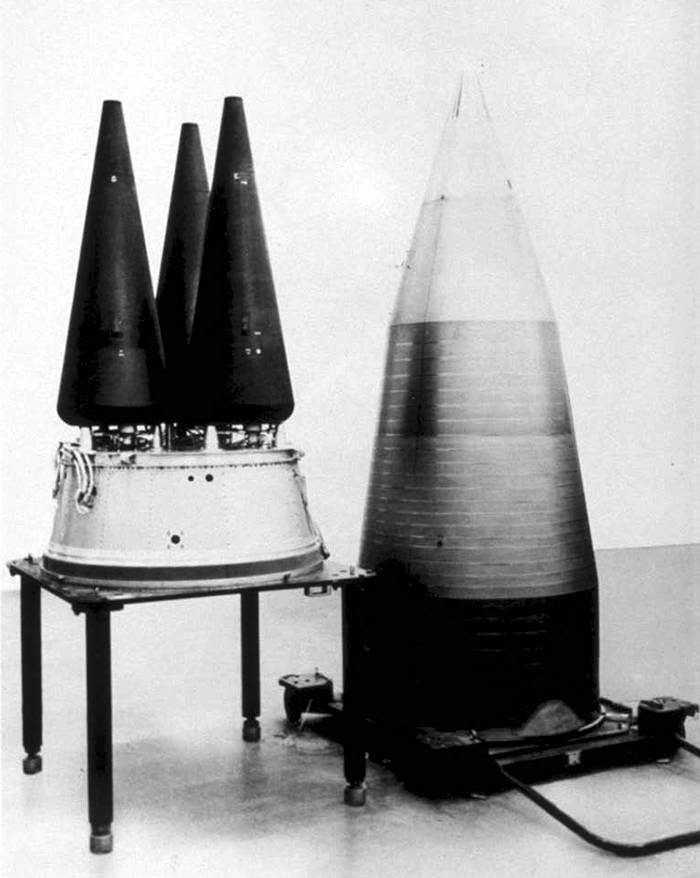
All this shows that the American strategy provided for the destruction of targets of various types. They were going to attack administrative facilities, up to those used by the country's top leadership. Large cities with large industrial and logistical potential were also under attack. It was supposed to knock out all major military installations, such as ports or airfields.
It should be noted that in 1956 the US strategic nuclear forces faced a number of objective limitations related to the level of development of the materiel. At that time, they were based on long-range and strategic bombers, as well as free-fall bombs of various types. Ground-based missile systems and submarine missiles at that time showed limited performance and were far from the current level. All this had to be taken into account when planning possible strikes.
In the process of development
However, technology did not stand still. Already by the end of the fifties, new systems and complexes with improved characteristics appeared in service with the United States and a potential adversary in the face of the USSR. Their creation and entry into service gave the strategic nuclear forces new opportunities, and also set new tasks for them.
First of all, the appearance of intercontinental ballistic missiles affected the process of planning nuclear strikes. Now the Pentagon had to look for positional areas with such weapons and related infrastructure. Upon detection, the missile unit was included in the list of targets, joining other military facilities, administrative and industrial sites.
At this stage, the idea of the first disarming strike appeared. It allowed realizing the main advantages of its ICBMs and neutralizing the risks associated with similar enemy products. So, the missiles were supposed to hit the launchers of a potential enemy. Simultaneously aviation with bombs moved into the background. Now they had to carry out only subsequent strikes, which excluded some of the military installations from the range of targets being hit.
The development of nuclear weapons and delivery systems to a certain extent simplified the planning and hypothetical solution of combat missions. At the same time, some restrictions remained, and new ones appeared. In particular, the arms race led to an increase in the number of objects capable of becoming targets for nuclear weapons. This required an increase in arsenals and a fleet of equipment, and also made corresponding demands on industry and the economy.
In addition, the leading nuclear powers began to study the subject of missile defense. With its help, they planned to cover critical cities and regions from a nuclear strike. The success of such projects could hit the effectiveness of strategic nuclear forces and their role in politics or armed conflict. They also had to affect the process of selecting targets and organizing strikes against them.
Subsequently, the first international agreements appeared, limiting the number of warheads and delivery vehicles in arsenals and on duty. In this regard, the nuclear powers had to revise the list of targets in the direction of reduction - in accordance with the permitted number of warheads and the capabilities of their carriers. Some goals had to be transferred from the strategic nuclear forces to other branches of the military.
With all this, as far as is known, the general principles for the formation of the list of goals have not changed. Attacks were planned on large cities with administrative and large industrial facilities, on the positions of the Strategic Missile Forces, the Navy and other branches of the military. However, accurate information about American plans after 1956 is not yet available. Perhaps details of this kind will appear in the near future.
Immutable Principles
Since the middle of the last century, the nuclear powers have developed many types of warheads and delivery vehicles for them, and also proposed a lot of concepts for the use of such weapons. At the same time, some ideas appeared in the early stages of development and remain unchanged to this day. In particular, these are the role and main functions of strategic nuclear forces, as well as the principles for selecting targets for them. With certain features and innovations, they are used by all nuclear powers.
Both in the past and now, one of the tasks of the strategic nuclear forces is to defeat the command and leadership of a potential enemy, as well as the destruction of strategically important military and industrial facilities. Lists of such targets for a possible strike are constantly changing and updated in order to maintain their relevance. This process allows you to maintain a hypothetical threat to a potential adversary at the required level - and contributes to the containment and preservation of peace.
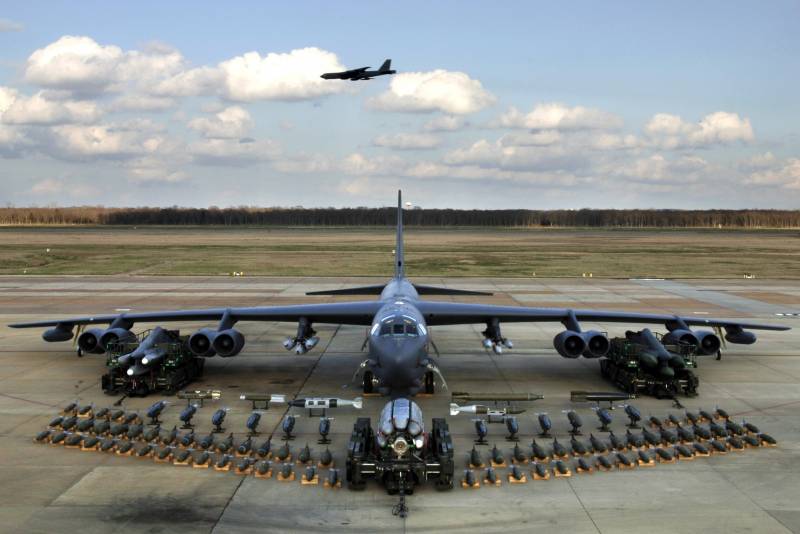
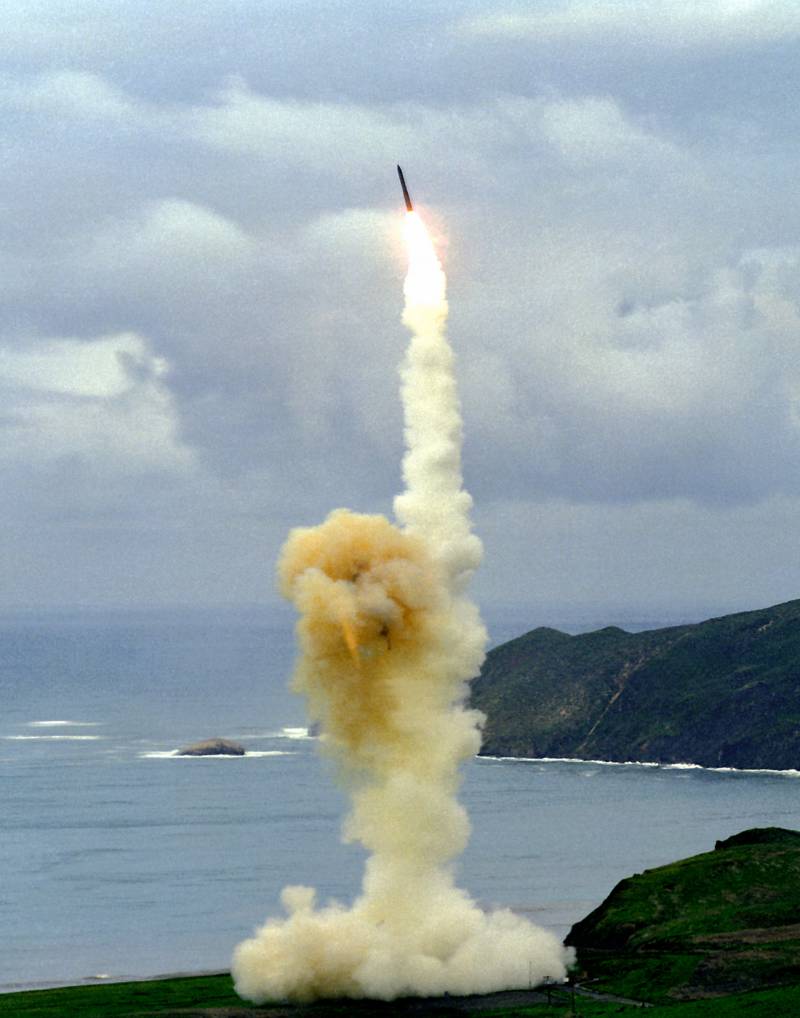
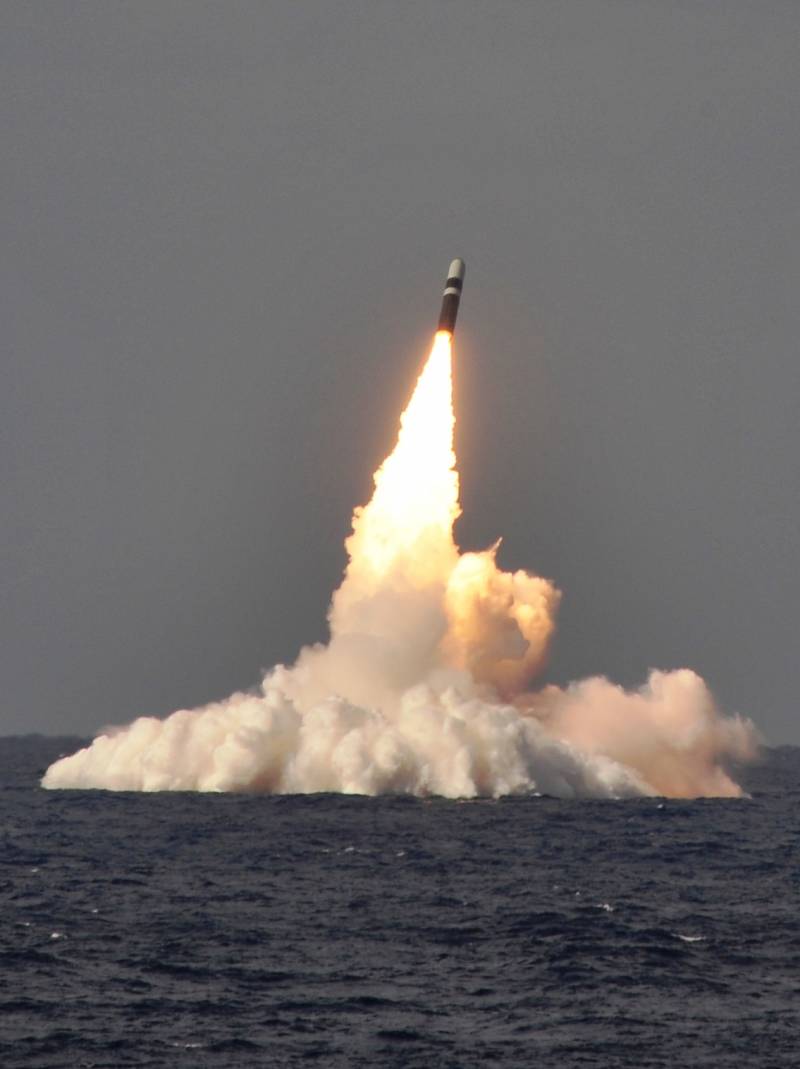
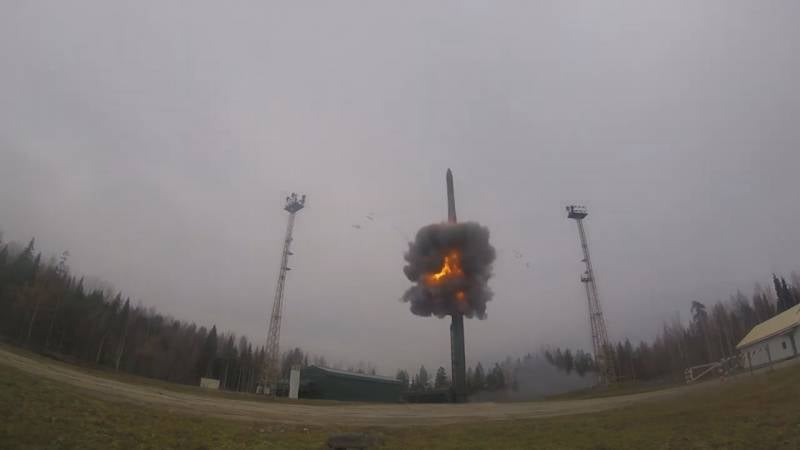
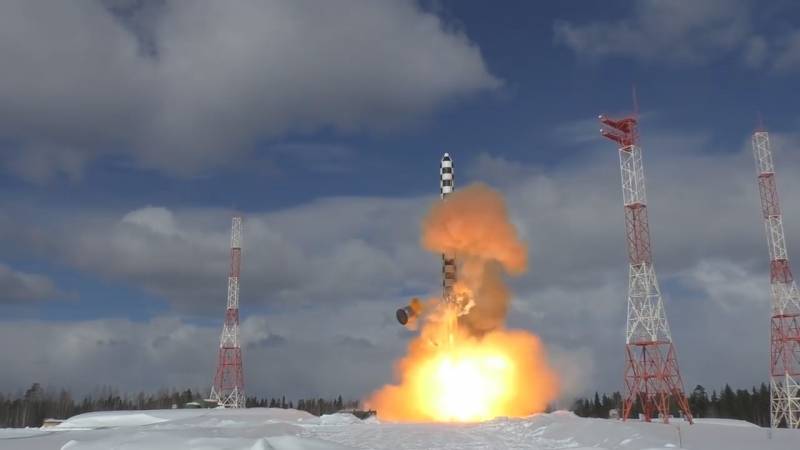
Information